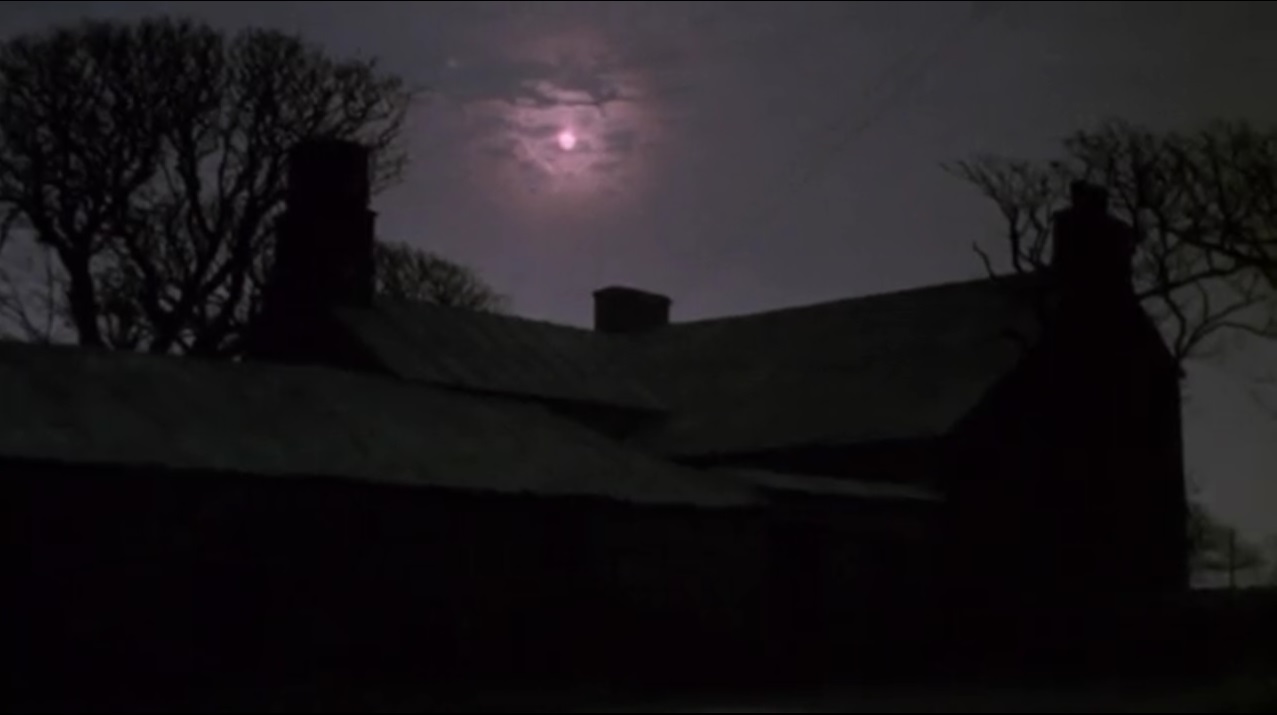Under
Milk Wood

It is not the
Eisteddfod of which he was so glad in public, but God if it isn’t the wary
walkers and talkers and the public too, with every manner of jingle made bright
and the whole thing shot through with the very article Vincent Canby of the New York Times said should not be there
in “moonless night”.
The seeing dreams
of a radio play brought to bear upon a most illuminating camera technique that just
before Amarcord (Fellini) seems to
float back past L’Avventura
(Antonioni) and Notorious (Hitchcock)
to Murder! in
the earliest days of the British sound film.
“A
backwater of life, without disrespect to its natives, who possess to this day a
salty individuality of their own.”
The influence of Thornton Wilder’s Our
Town (dir. Sam Wood) is made evident.
Annakin’s
mermaid, the playwright’s Commons. “It all means nothing at all...” A fine memory of James Joyce’s “The Dead” (dir. John Huston) as
well.
“A
pygmy to a giant.”
Variety, “caustically keen and boisterously, earthily
humorous”. Jay Cocks (TIME) found the pictures “detract”. Film4, “tarted
up in vulgar Technicolor.” Tom Milne (Time
Out), “appallingly pedestrian”. TV Guide, “fairly good”. Dave Kehr
(Chicago Reader), “a fairly creaky
film”. Halliwell’s Film Guide, “much
too literal.”
Blue Blood
This is precisely
a picture of England before and after the war. It follows in the footsteps of
Losey (The Servant and Accident) and Holt (The Nanny) and
Mankiewicz (Five Fingers) and Clayton (The Innocents) to do this.
The “would-be
satirical melodrama” (Halliwell’s Film Guide) is laid in the present,
which makes for some very fine satire indeed.
The curious
structure interprets the action from a certain viewpoint as a red-tinted
satanic LSD dream interspersed throughout before it takes place in the
penultimate scene, failure to note this has led to some critical errors.